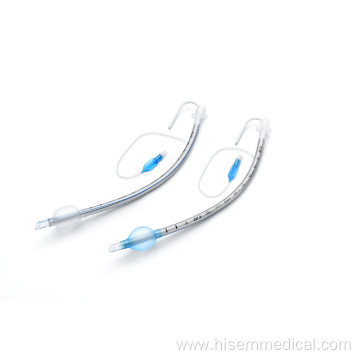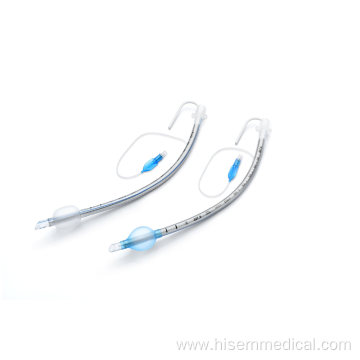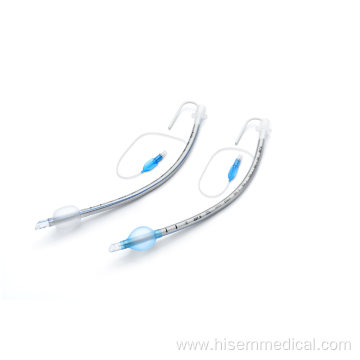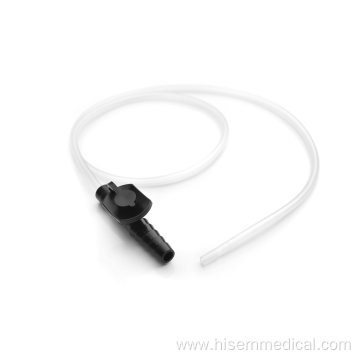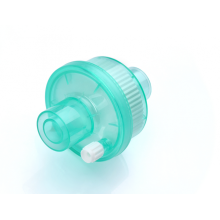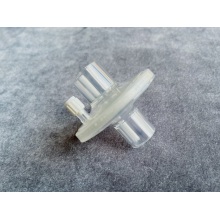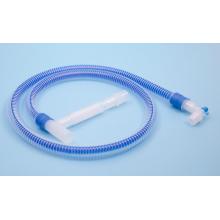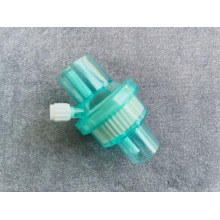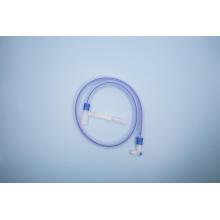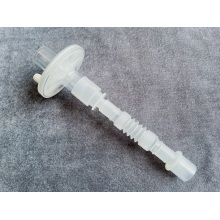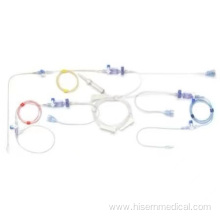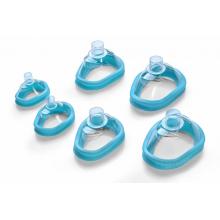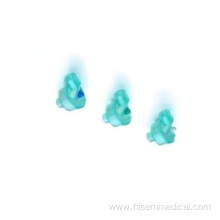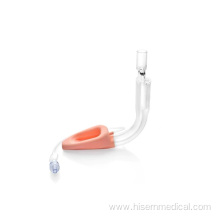and are supplied sterile.
A comprehensive range of laryngeal mask airways suitable for anesthesia and emergency medicine. All Hisern laryngeal mask
airways are single use, latex free and are supplied sterile.
Most endotracheal tubes today are made of polyvinyl chloride, but special tubes made of silicone rubber, latex rubber, or stainless steel are also widely used. Most tubes have an inflatable cuff that seals the trachea and bronchial tree to prevent air leaks and inhalation of stomach contents, blood, secretions and other fluids. Catheters without a capsule may also be used, but their use is mainly limited to pediatric patients (in young children, the cricoid cartilage is the narrowest part of the pediatric airway and usually provides an adequate seal for mechanical ventilation).
Types of endotracheal intubation include oral or nasal, with or without a capsule, prefabricated (e.g., RAE (Ring, Adair, and Elwyn) tubes), reinforced tubes, and double-lumen endobronchial tubes. For human use, tube ID sizes range from 2 to 10.5 mm. Sizes are chosen based on the patient's body size, with smaller sizes used for pediatric and neonatal patients. Tubes larger than 6 mm in diameter usually have inflatable cuff. Originally made of red rubber, most modern tubes are made of polyvinyl chloride. Those placed in the laser field could be flexible metals. Robertshaw (and others) developed a double-lumen endobronchial catheter for thoracic surgery. These allow ventilation from one lung while the other collapses, making surgery easier. After the surgery, the deflated lung is re-inflated to examine the fistula (tears). Another type of endotracheal tube has a small second luminal opening above the inflatable cuff that can be used for aspiration in the nasopharyngeal area and above the cuff to aid in extubation (removal). This allows the aspiration of secretions located above the cuff, which helps reduce the risk of chest infection in patients with prolonged intubation.



